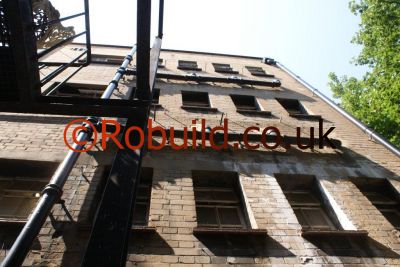Cast-iron Piping: Old and New
Because of its durability, cast iron has for a long time been the most popular material for drain, soil and vent pipes, but it is also the most difficult to install because of its weight and the difficulty of joining it . The conventional type, still in wide use, is connected with spigot and socket joints, which must be sealed with molten lead and a rope like material called yarn. Plain-ended pipe is easily joined with
mechanical couplings. It can be inserted into an existing system of spigot and socket pipe to replace a damaged section or to add a new one. Leaks at socket joints can often be stopped by using a sealant.

Three grades of cast-iron pipe are available : medium, heavy and extra heavy. Ask the plumbers’ merchant for the weight allowed by your local authority. All grades can be cut either with a saw and chisel or with a special cutting tool. Proper support is more important with cast-iron pipe more than any other type, both because of its weight and because the mechanical joints are slightly flexible. Use pipe straps or special clamps.
Cast Iron piping is sometimes required in London – Listed Building or Conservation Areas. Most plumbers in London will rather use plastic waste pipes.
Cutting Cast-iron Piping
Two ways of working. The easiest way to cut cast iron pipe is with a link pipe cutter,usually available from tool-hire firms.
If the pipe is already in position, there may not be enough space to cutting any other way. Wrap the chain section of the tool round the pipe, hook it on to the body of the tool, tighten the knob and work the handle back and forth until the pipe snaps. Cast-iron pipe can also be cut with a hacksaw and chisel. Mark the circumference of the pipe where you wish to sever it , then support the pipe on a block of wood or a sandbag. With a hacksaw, cut a 2 mm deep groove round the pipe at the mark, then tap round the groove with a hammer and chisel until the pieces separate.
